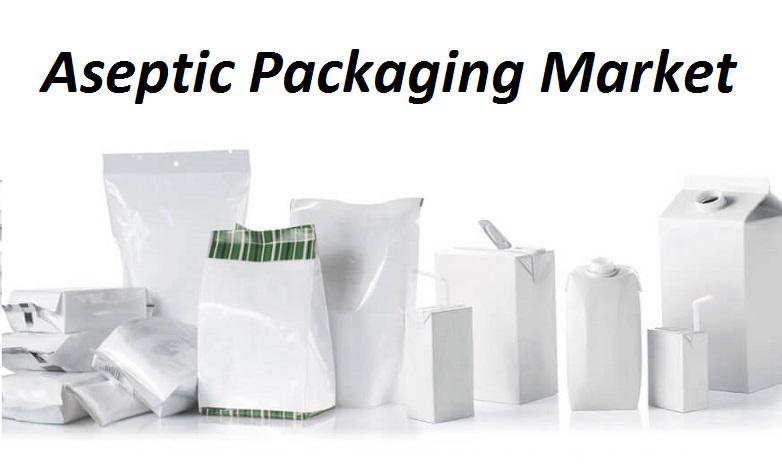Without preservatives or refrigeration, the aseptic technique preserves food’s quality and flavor for at least six months. It permits food to keep more of its original flavor, texture, color, and nutrition. Aseptic packaging provides a wide range of container geometries, energy & packaging material savings, and consumer convenience.
The global aseptic food packaging market is expected to witness significant growth over the forecast period. This is attributed to consumer shift in preservative-free ready-to-eat food products and more preventive approaches towards frequent disease outbreaks. There is an increasing need for long-lasting convenience foods that are either bacteria-free or can delay bacterial infection. Food preservatives are widely used in the food industry to extend shelf life and maintain product quality. However, people are becoming more aware of the negative consequences of eating processed meals laced with additives, which is further boosting the market. Building an aseptic packaging factory necessitates extensive expertise of this form of packaging and the end-use sector served, as it necessitates cautious handling at every step. As a result, manufacturers are discouraged from entering the aseptic packaging industry.
The global aseptic food packaging market is divided based on material, type, application, and region. Based on material, the market is split into glass, metal, paper & paperboard, and plastic. Bottles & cans, bags & pouches, cartons, and others are the types of aseptic food packaging market. The application segment consists of food and beverages.
Asia Pacific region is expected to account for the largest share in the global aseptic food packaging market and is expected to be the most major market. Growth of the market for packaged food and beverage goods is expected to boost industry growth, thanks to changing consumer preferences and higher purchasing power amongst Asian consumers. To meet increased end-user demand, businesses from emerging nations are likely to relocate manufacturing plants within the region. The aseptic packaging industry is likely to be driven by China’s developing food and beverage sectors. With its growing preference for simple product packaging, India is likely to lead the Asia Pacific aseptic packaging market.
Ecolean AB, Greatview aseptic Packaging Co., Ltd., SIG Combibloc Group AG, Amcor Plc, WestRock Company, and Tetra Pak International S.A. among others are some of the predominant players that are operating in the global aseptic food packaging market.
In February 2017, Tetra Pak had announced a US$ 25.3 million investment in its Southeast Asian packaging closing factory. The funds were supposed to be used to help the company grow its operations in the burgeoning Asian market.
Get Sample of this Research Report for more Insights – https://www.marketresearchstore.com/sample/aseptic-packaging-for-food-market-824790
